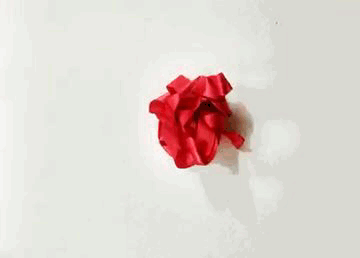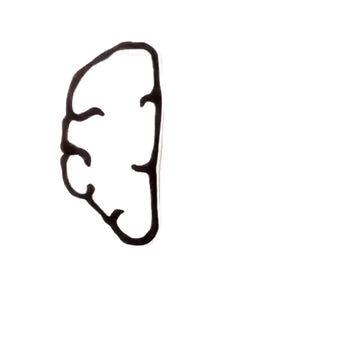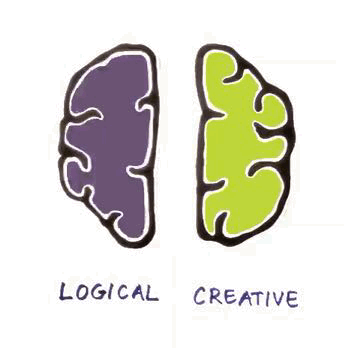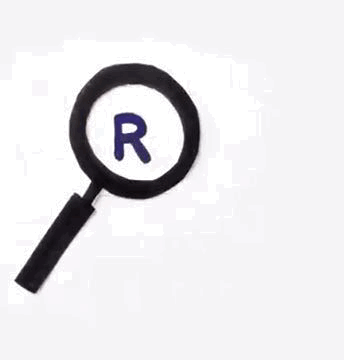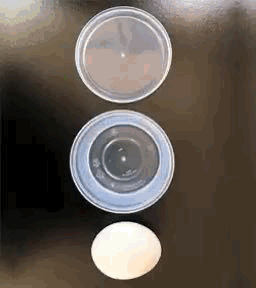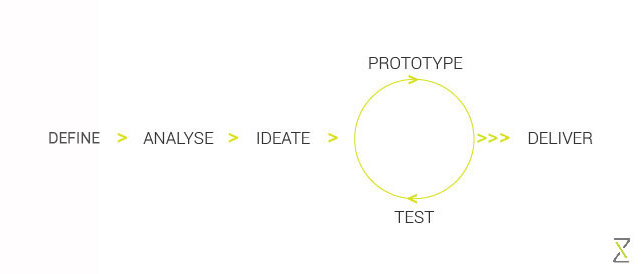Zeitgeist Design and Development is always looking for inspiration from the world around us. From choosing great colour schemes to creating spaces that are both progressive and sustainable, we believe that nature is the greatest teacher of all.
Biomimetics, a field close to the heart of Zeitgeist, enables thought provoking insights into some of the most effective designs on our planet – those that occur in nature.In today’s post we focus on ants and examine how these tiny creatures design remarkably effective systems.
This understanding could find potential application in the fields of:
ARCHITECTURE & ENGINEERING
If you’ve every paused to marvel at how diminutive ants design and construct colonies that are much larger than themselves and capable of housing innumerable residents, here’s something more to be amazed at.Researchers at Georgia Tech University have studied another phenomenon that occurs when fire ants are dropped into water.The ants are able to quickly adapt to the new environment and create a raft like structure that prevents them from drowning. The extraordinary part of this feat is that they use their own bodies as the building material!The ants link up and form a mass that is viscoelastic or able to resist flow under pressure, as well as return to its original form when stretched or compressed.Understanding how they do this could lead to the creation of adaptable, viscoelastic building material, which could be used to construct self-healing structures like bridges and buildings. Such structures would have the ability to auto detect and mend cracks, without human intervention.
DESIGN VERIFICATION & VALIDATION
A product that cannot deliver what it was designed to defeats its purpose.Design verification and validation are key to ensuring that concept meets practicality and is a vital stage between the design and rollout phases of a new product.Ants are known to be experts at finding the shortest routes to food sources, by employing Swarm Intelligence.Research conducted at Virginia Tech, focusing on how ants achieve this, could dramatically reduce the time spent on finding the most optimum solution, as well bring down the costs involved in the design validation process – significant in the age of complex electronics design, where applying traditional methods of verification and validation is becoming increasingly untenable.
ROBOTICS
Ants are able carry heavy loads, often several times their weight.
Research at the University of Ohio has revealed that the neck joint of the common American field ant is able to withstand pressure of up to 5000 times its body weight! The study of this astonishing capability could find application in the field of robotics, enhancing the potential of what could be done on earth and in space.
DESIGN OF ORGANISATIONS, COMMUNITIES & LOGISTICS SYSTEMS
The structure of any colonies has much to teach us about effective organisation and logistics design.
The division of labour in ant nests, which determines its structure and habits, is according to age and size. The effectiveness comes from each creature contributing what it is best at, while collectively choosing co-operation over competition.
Adaptability is key, with labour patterns and worker distribution altering as the colony grows and develops. Scaling up is thus more of a natural progression and less of an ad hoc activity.
The basic design of ant colonies, which uses vertical passageways for movement and transport, and horizontal compartments for work, storage and housing, sheds light on effective operations and logistics.
These are just a few design ideas that we can employ from the world of ants, which also teaches us to pause and realise that:
Sustainable solutions can be reached through adaptability to the environment rather than the exploitation of it.
Synergy can be achieved even amongst the tiniest of creatures, as long as they are working together for a common cause.
Utilising and enhancing the inherently unique features of a system can bring about ingenious solutions to large-scale problems.
At the core of Biomimicry is a respect for nature and the acknowledgement that we could potentially learn a better way from it… even from a seemingly insignificant little ant.
